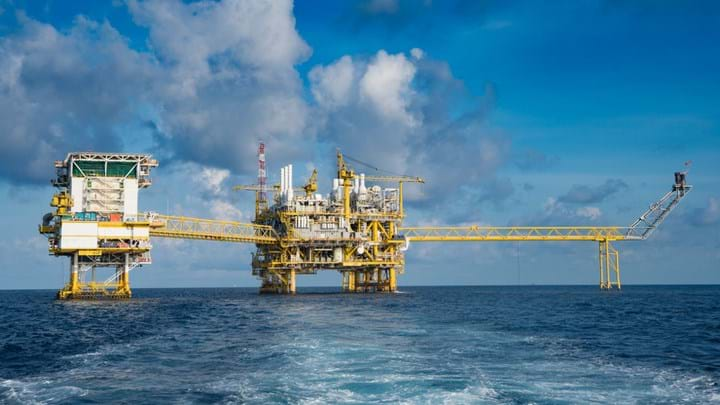Australia plans for natural gas drilling despite net zero commitments

THE AUSTRALIAN government has revealed plans to increase natural gas drilling and exploration, stating that gas will remain an important source of energy “through to 2050 and beyond”.
Minister for resources Madeleine King has released the Future Gas Strategy report outlining the government’s commitment to reaching net zero by 2050. The report stresses the need to secure domestic energy supply and reliable trading of liquefied natural gas (LNG) throughout the transition.
The report forecasts an annual gas supply gap by 2028 on Australia’s east coast and by 2030 on the west coast.
King said: “Ensuring Australia continues to have adequate access to reasonably priced gas will be key to delivering an 82% renewable energy grid by 2030, and to achieve our commitment to net zero emissions by 2050.
“The Strategy makes it clear that gas will remain an important source of energy through to 2050 and beyond, and its uses will change as we improve industrial energy efficiency, firm renewables, and reduce emissions.”
Australia’s international natural gas stronghold
Gas supplies 27% of Australia’s energy needs and accounts for 14% of its export income according to the government, exporting 82m t in the 2022/23 financial year.
In 2022, the country’s LNG exports were worth A$65.7bn (US$43.4bn). Asia comprised the majority of its customer base, with Japan (36%) and China (28%) being the largest importers.
The policy report outlines how possible new resources in the east coast could meet the region’s domestic and export demand at least to 2035. For the west coast, the government has suggested using underdeveloped gas fields and reducing gas demand to avoid shortage pressures.
The government has also said that more investment is needed for pipelines and storage capacity to transport natural gas to southern regions.
Samantha McCulloch, CEO of Australian Energy Producers, said: “The Strategy needs to be backed by clear, tangible actions that urgently unlock new gas supply to address looming shortfalls and provide an unequivocal signal to the market that Australia is committed to ensuring sustainable gas supply to the Australian economy and the region.”
McCulloch added that reducing LNG exports would be “at odds” with Australia’s commitment to global emissions reductions as gas provides a significant economic opportunity for the country.
Future demand is met with scepticism
The government’s priority on securing future gas demand has been met with scepticism from the Institute for Energy Economics and Financial Analysis (IEEFA).
The organisation’s research on Australian markets has shown that cost-effective and targeted measures to reduce residential and industrial demand would reduce demand gaps and lower household energy bills.
Export demand from Asia is expected to wain according to data published by S&P Global, as the reliance on renewables increases.
The production of renewables has increased rapidly in Australia in the last five years, with sources, including solar and bioenergy, accounting for 39.4% of total electricity supply in 2023, up from 32% in 2022.
The government plans to establish a transboundary carbon capture and storage (CCS) programme to combat CO2 emissions in industry.
It has committed A$12m over three years for regulatory planning for offshore CCS projects but said further investment from the private sector is needed to support project timeframes, specifically for projects currently in development in Victoria, South Australia, and Western Australia.
Recent Editions
Catch up on the latest news, views and jobs from The Chemical Engineer. Below are the four latest issues. View a wider selection of the archive from within the Magazine section of this site.




